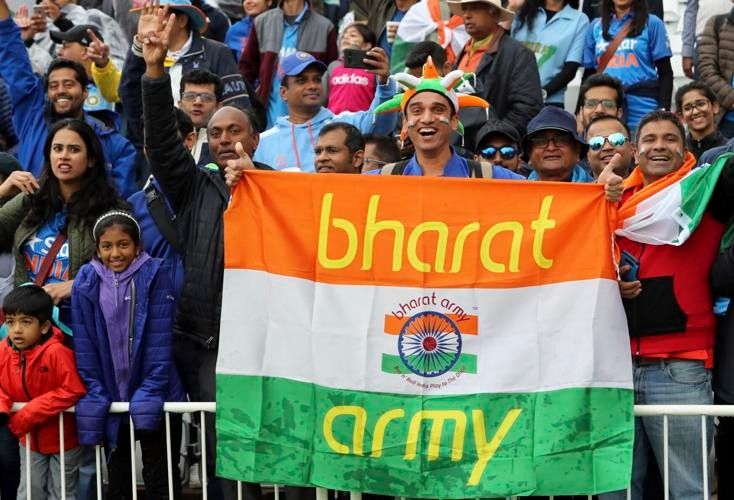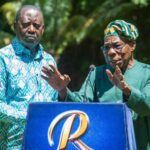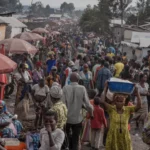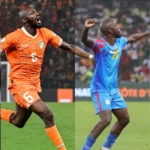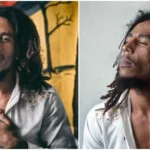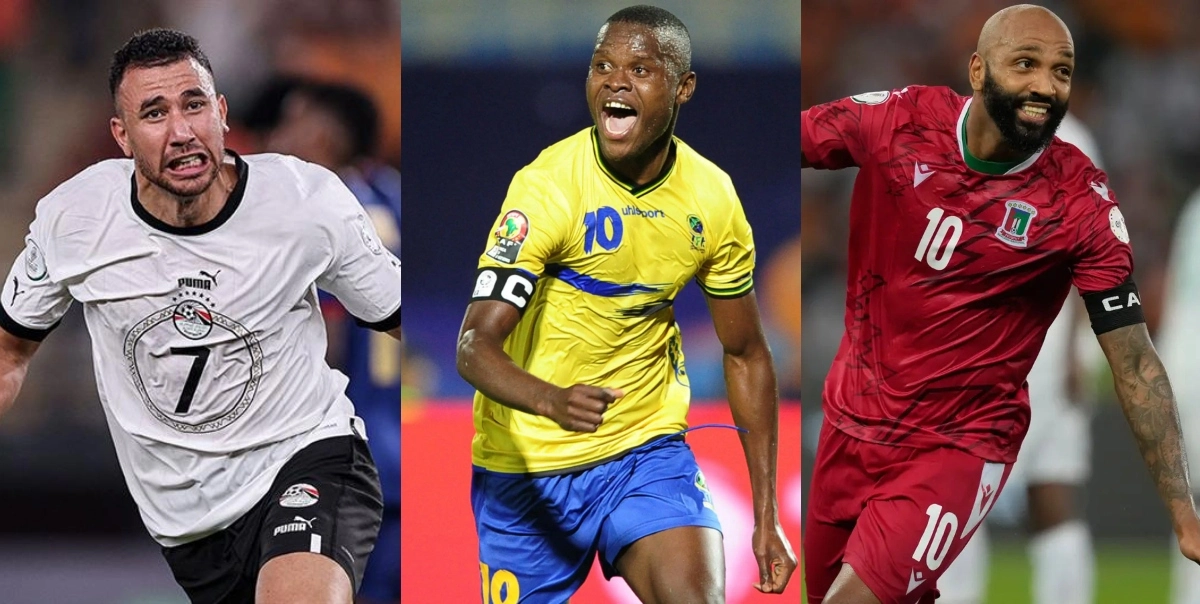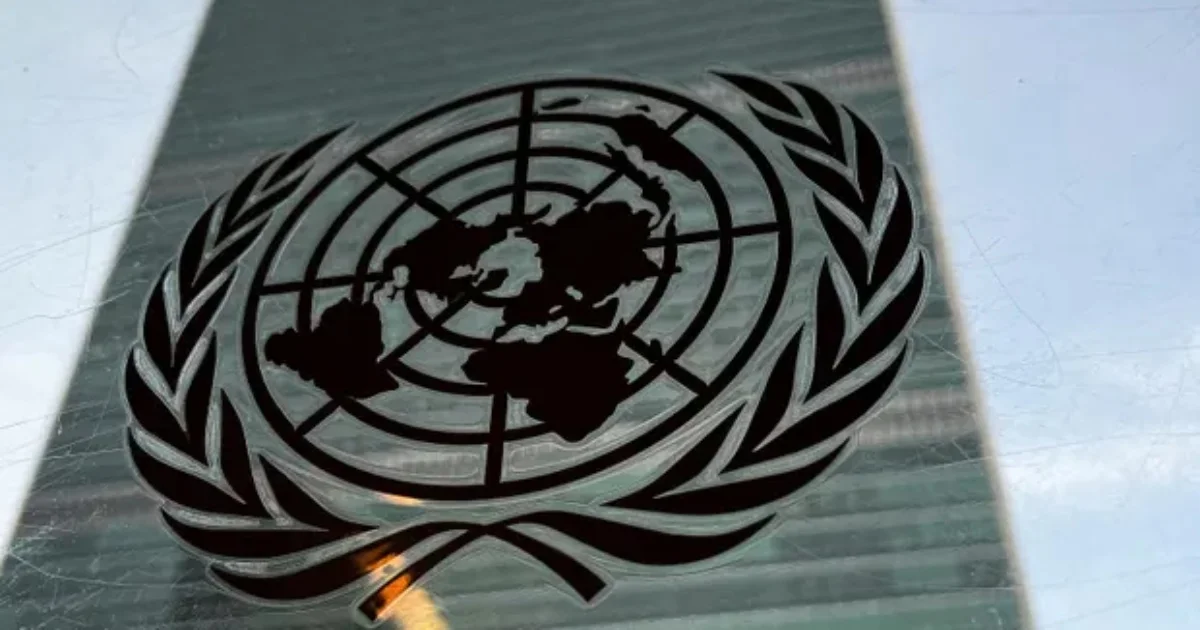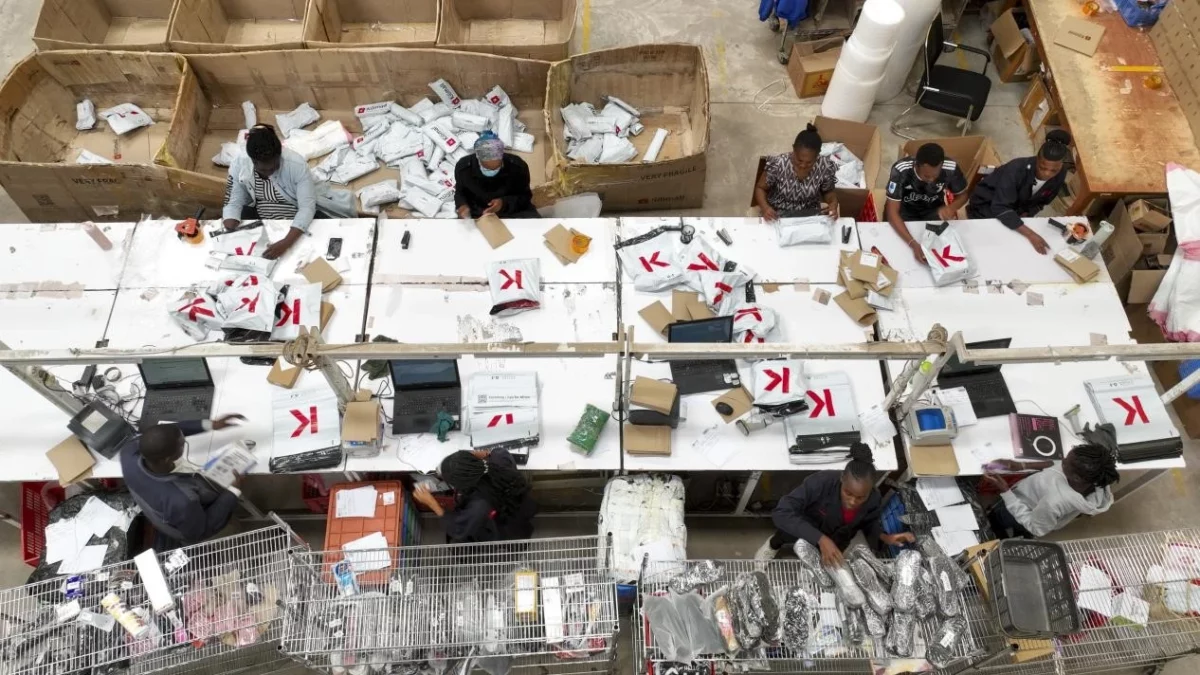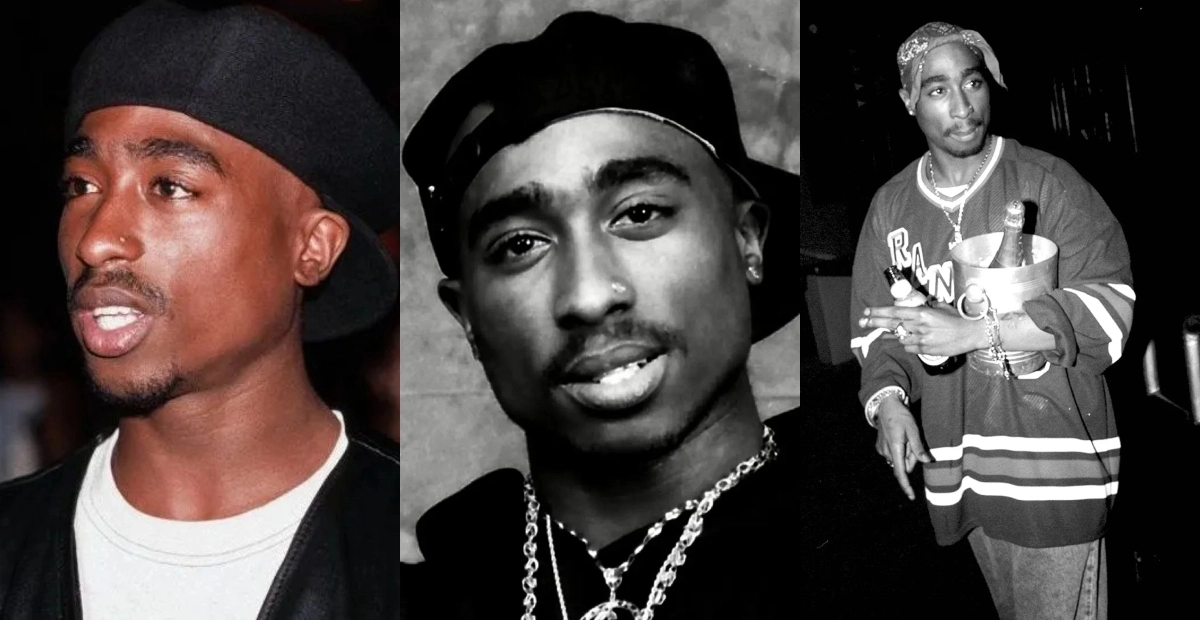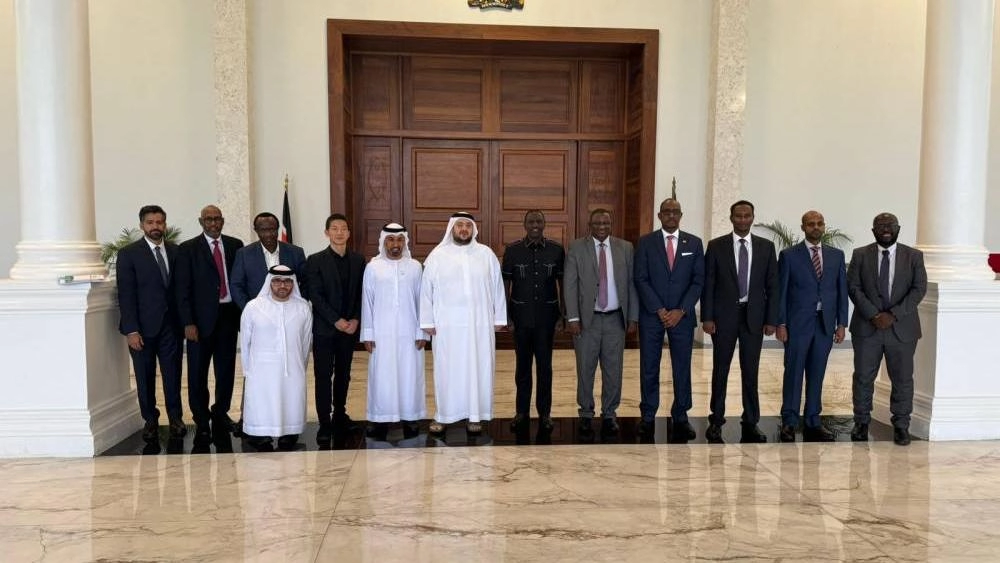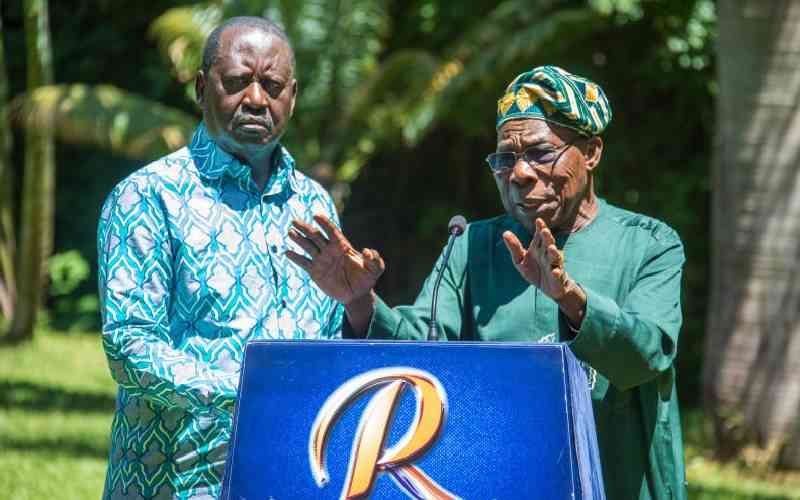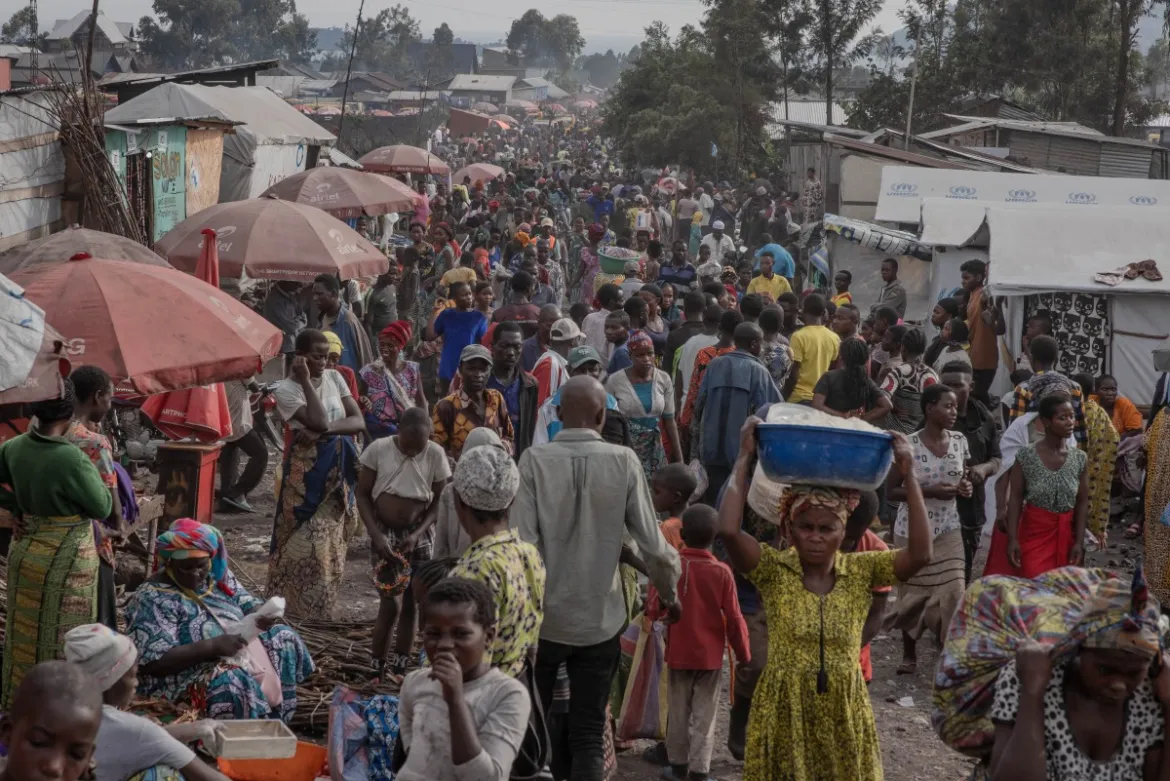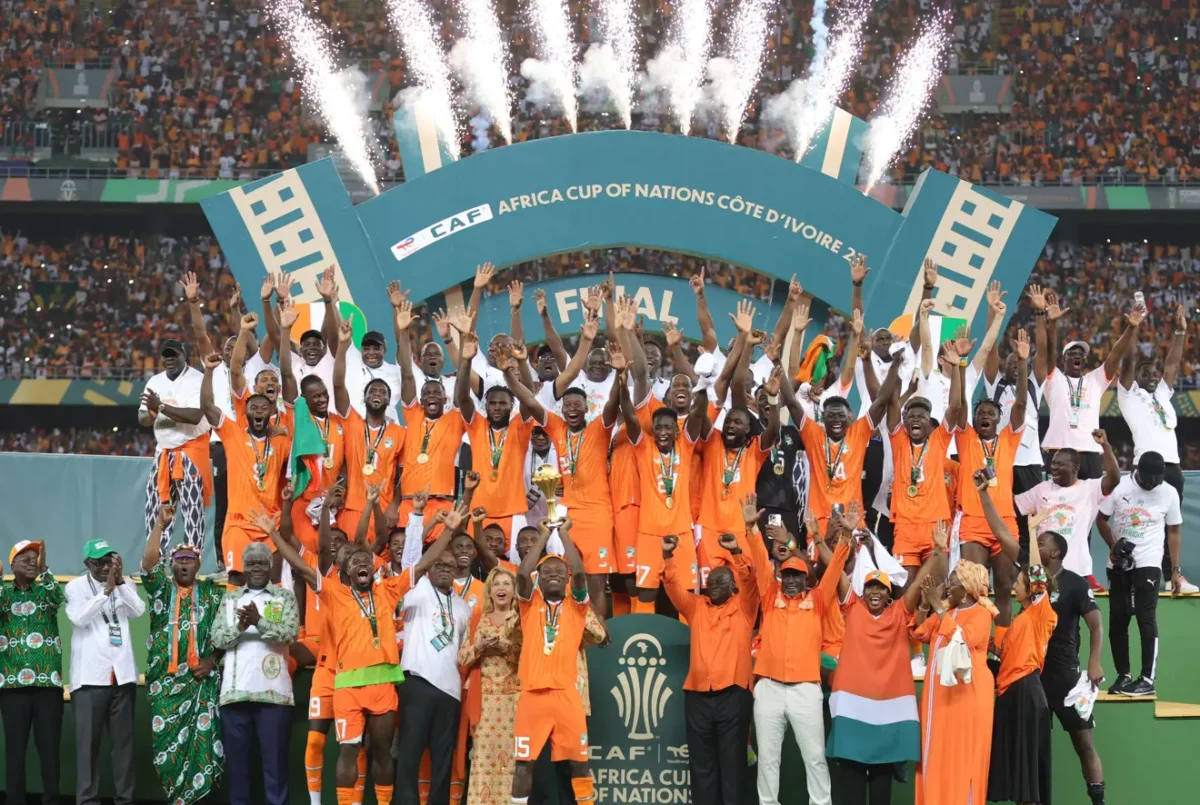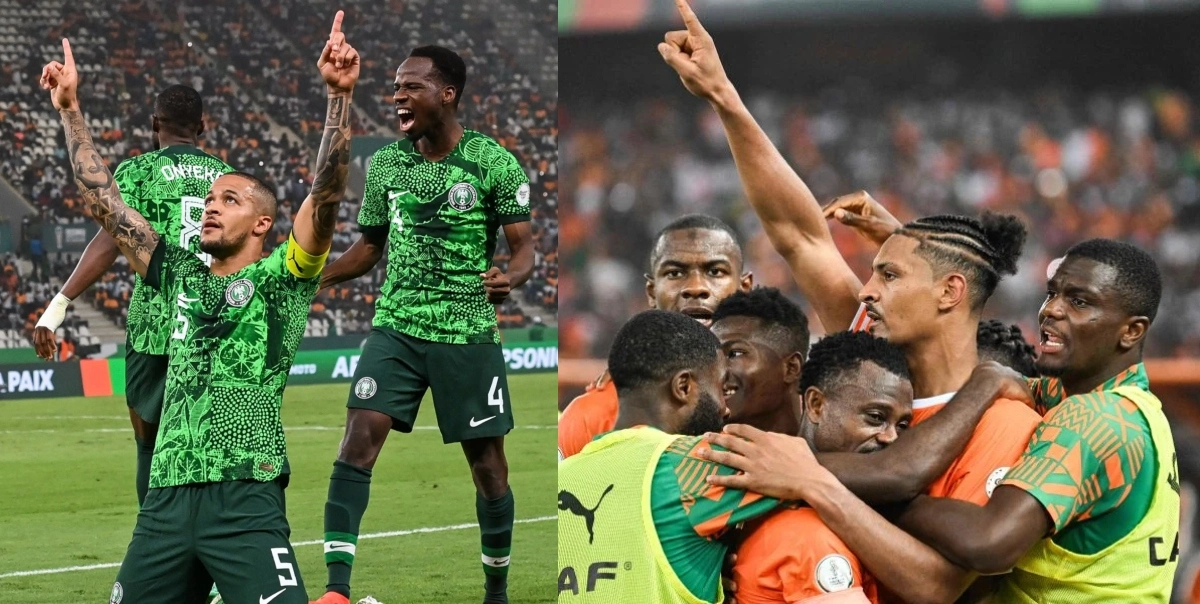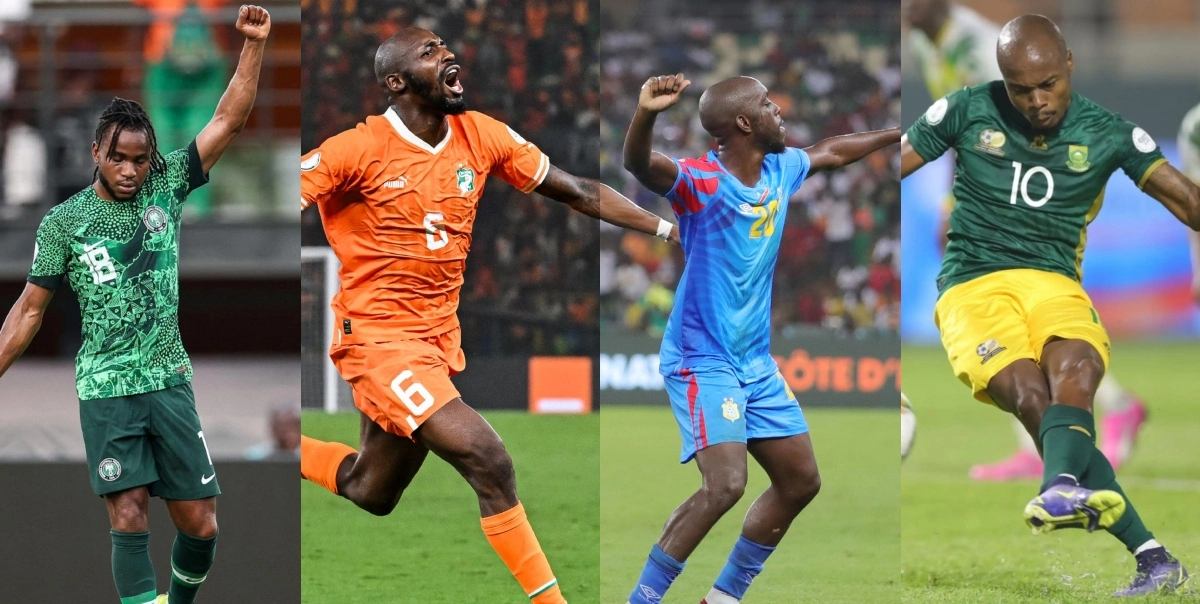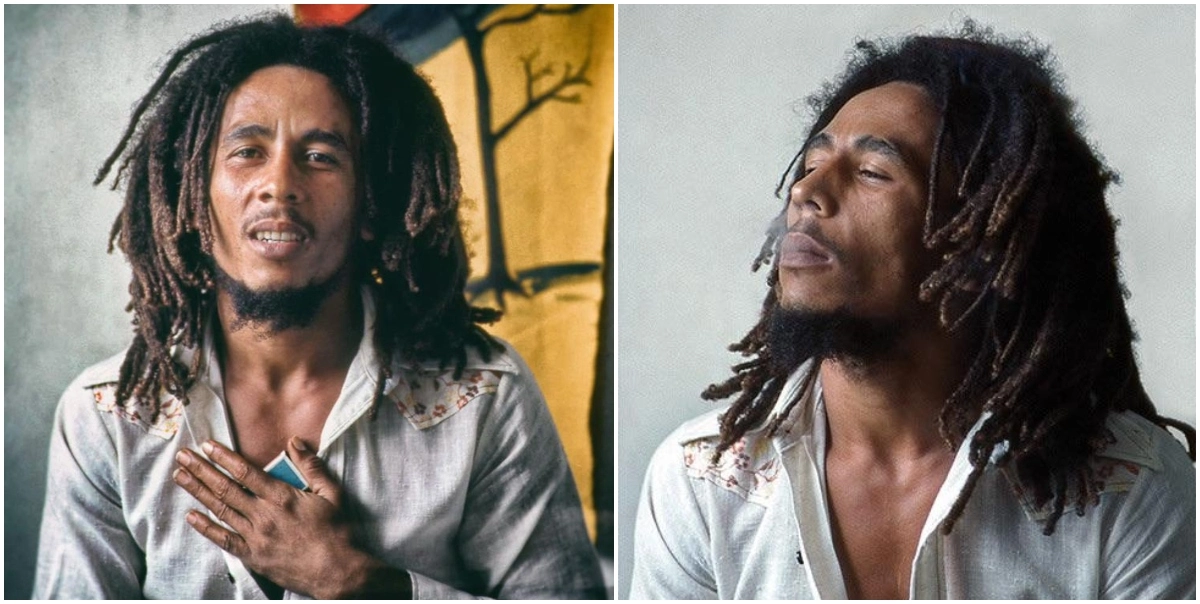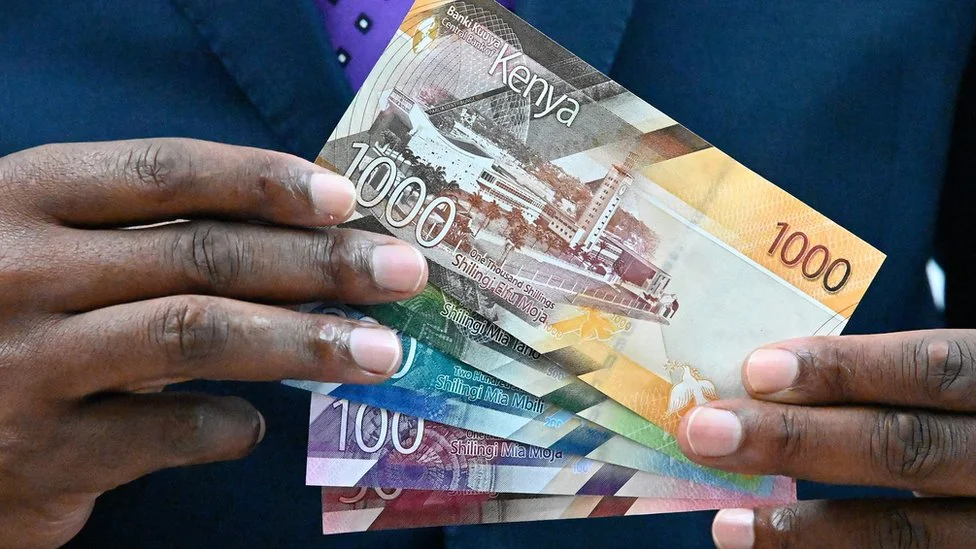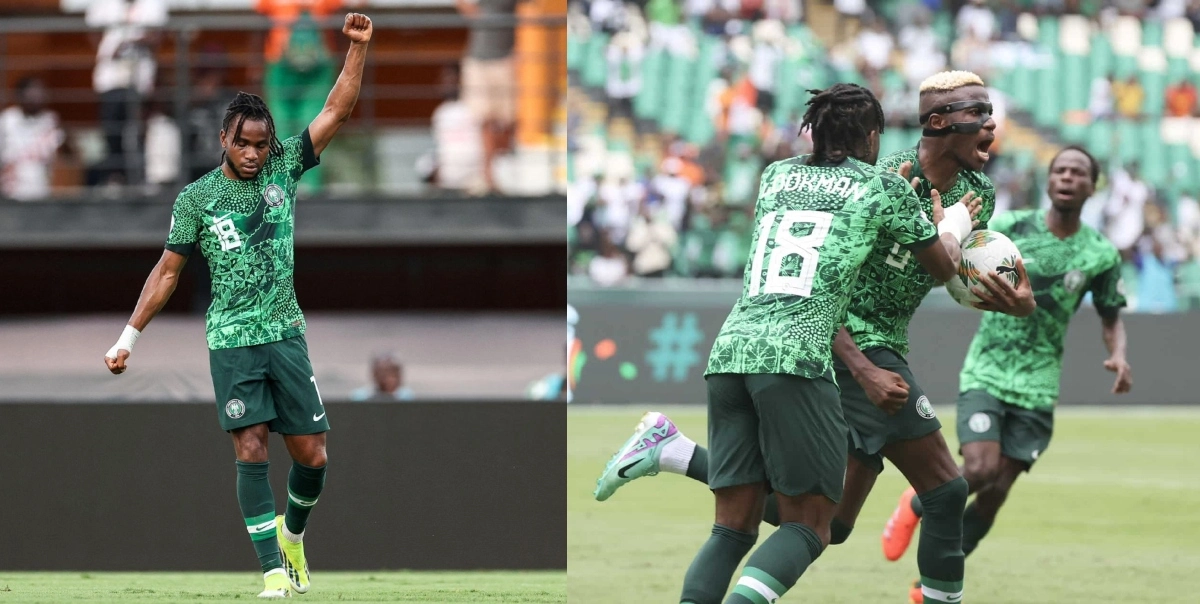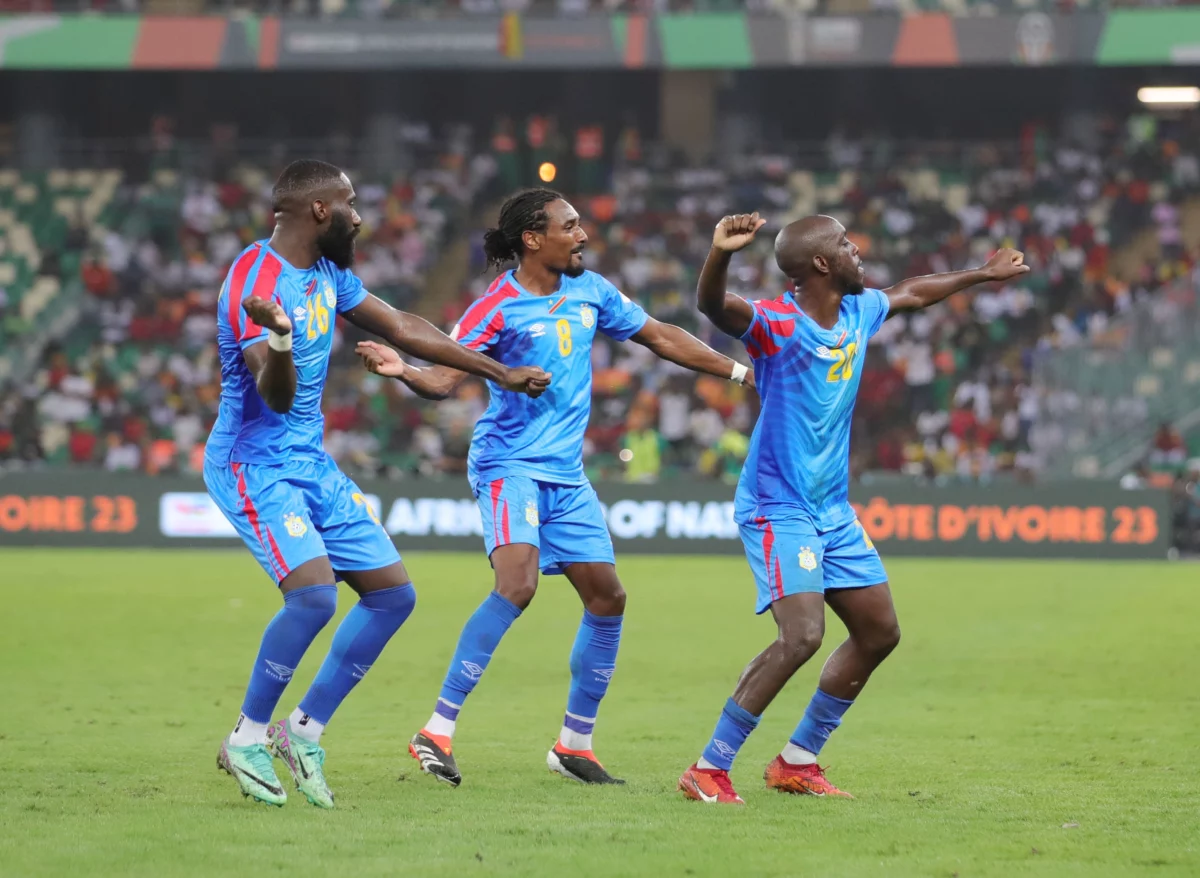India’s Prime Minister Narendra Modi opened the Group of 20 (G20) leaders’ summit on today, choosing to sit behind a placard that read “Bharat” instead of the customary “India.” The decision to use “Bharat,” the Sanskrit and Hindi title for the country, has set tongues wagging about a potential shift away from the English designation altogether.
As the news of Modi’s choice of placard spread, it triggered discussions across India. The Times of India, one of the nation’s largest English-language outlets, ran a headline, “PM Modi uses placard Bharat for G20 inaugural address.”
Read also: India Predicted to Become World’s Second Largest Economy by 2075
Meanwhile, Hindi outlet ABP News wrote, “Is it an indication of new beginnings?”
![India's Prime Minister Narendra Modi at the first session of the G20 Leaders' Summit at the Bharat Mandapam in New Delhi on September 9, 2023. [Photo/CNN]](https://news.switchtv.ke/wp-content/uploads/2023/09/230909014816-04-g20-summit-090923.webp)
India, with its diverse linguistic landscape and a population of 1.4 billion people, officially recognizes both “India” and “Bharat.” The terms are used interchangeably, even appearing side by side on Indian passports.
However, recent events have thrust “Bharat” into the spotlight, raising questions about the country’s nomenclature, historical context, and colonial legacy.
The controversy surrounding the use of “Bharat” intensified when invitations to the G20 leaders’ summit referred to India as “Bharat.”
This decision has led to a political row and ignited public discourse about what the country should be called, considering its rich history and colonial past.
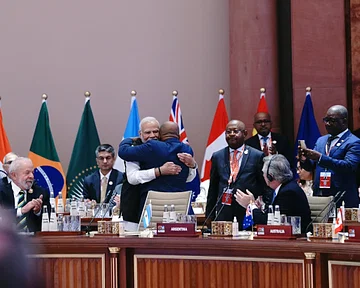
Prime Minister Modi’s Bharatiya Janata Party (BJP), with its Hindu-nationalist agenda, has long emphasized a return to India’s cultural roots and a shift away from its colonial history.
The use of “Bharat” on the G20 invites and the badges worn by Indian officials reading “Bharat Official” signal a departure from previous naming conventions on the international stage.
Read also: Innovative Climate Finance Solutions for Africa
In his inaugural address at the G20 summit, Prime Minister Modi said, “Today, as I stand before you at the G20 summit, I choose to represent our great nation as ‘Bharat.’ It is a reflection of our rich heritage and a reminder of our collective identity, deeply rooted in our cultural diversity.”
While some view this move as symbolic, others see it as a statement of intent to assert India’s unique identity on the global stage.
In his speech, Modi added, “We are a nation that is determined to liberate ourselves from the slavery mindset of our colonial past. By embracing ‘Bharat,’ we acknowledge our history and celebrate our unity in diversity.”
Subscribe to Switch TV
As the G20 summit unfolds, the debate over the use of “Bharat” versus “India” will likely continue to dominate discussions, both within the country and internationally.
While this choice of nomenclature may seem symbolic, it reflects India’s ongoing quest to redefine itself and assert its cultural and historical heritage.


